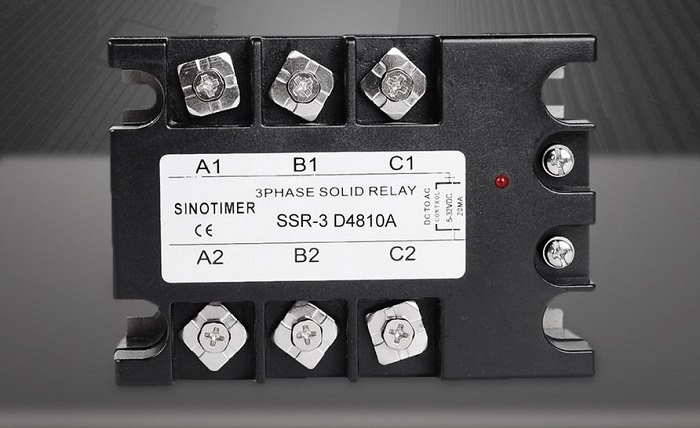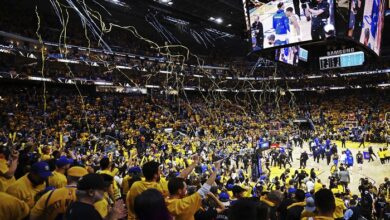Revolution in Super-Resolution: Uncovering the Mysteries of SSR V3

In the field of technology, there has been a never-ending search for ever-clearer, crisper images. In the march towards visual fidelity, we’ve come a long way from blurry VHS cassettes to pixelated early internet movies. Super-Resolution (SR) is a potent instrument that is leading this transformation.
Presenting SSLR V3, the most recent version of this revolutionary technology. It’s a quantum leap that pushes the limits of picture enhancing capabilities, not merely an improvement. However, the typical user may find it difficult to understand SSR V3 in the midst of the technical jargon and promises of pixel-perfect results.
Deciphering Technical Terms: What Is SSR V3?
Sub-Pixel Super-Resolution, Version 3 is known as SSLR V3. It’s a sophisticated image processing method that can miraculously convert low-resolution (LR) images—like those from your phone camera or compressed videos—into their high-resolution (HR) equivalents. Imagine it as applying a strong clarity serum to an image, bringing to light details that were previously obscured by blur.
However, SSR V3 goes beyond simple force multiplicity. It uses state-of-the-art AI algorithms that have been trained on enormous HR picture datasets. Pixel by pixel, these algorithms examine the LR image and cleverly recreate the missing details, imitating the finely detailed edges and textures of the original scene.
SSR V3’s Wonders: Countless Applications
As varied as the images that SSR V3 improves are the applications for it. These are but a handful:
Photography: High-end smartphone images for social media fame or professional-looking prints. Give faded vacation photos or grainy family treasures a fresh lease on life.
Videography: YouTube videos can be made crisper and more cinematic by increasing their resolution. Downscaling high-resolution films without compromising detail can help you save storage space.
Play games with incredible clarity, identifying far-off opponents and savouring detailed visuals. Easily stream games with limited bandwidth without compromising on visual quality.
Enhance the clarity of medical imaging to help physicians plan early diagnoses and treatments. Magnify particular areas of interest without sacrificing the clarity of the picture.
Protection and Watchfulness: Identify people and licence plates in blurry surveillance film. Boost the zoom ratio without sacrificing pixel quality to improve the efficacy of monitoring.
SSR V3: Beyond the Glamour, Exposing the Difficulties
SSR V3 really changes the game, but it is not without its drawbacks.
Limited Success with Extreme Blurriness: Despite the sophisticated algorithms of SSR V3, severely damaged or blurry photos might still be difficult to process.
Artifacting: Unwanted artefacts, such as irregular edges or noise, may occasionally be introduced during the AI reconstruction process.
Computational Cost: SSR V3’s sophisticated algorithms need a lot of processing power, which could cause older systems to operate less well.
Super-Resolution’s Future: A World Sharper and Brighter
In spite of these obstacles, SR appears to have a very promising future, with SSR V3 in the forefront. More advanced algorithms and enhanced performance are anticipated as a result of ongoing research and development. Imagine a world in which grainy images are a thing of the past, videos play smoothly and in perfect clarity, and medical scans provide previously unattainable insight into buried truths.
In summary:
More than merely a technical achievement, SSLR V3 is evidence of our unwavering quest for aesthetic excellence. It pushes the envelope of what’s feasible and provides access to a world where clarity is king. Thus, keep in mind the wonders of SSR V3 the next time you come across a fuzzy image. It’s more than just a technical achievementit’s a window into a time when each pixel clearly and sharply conveys a tale.




